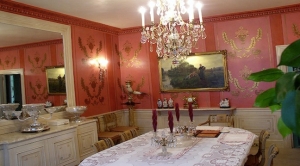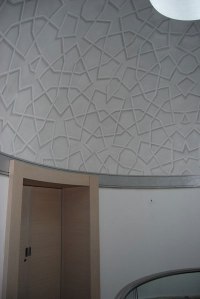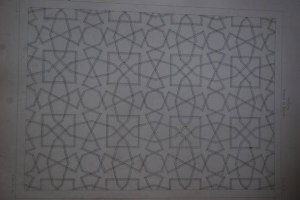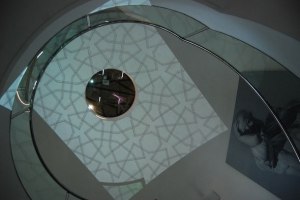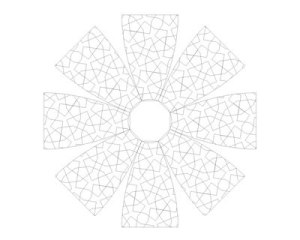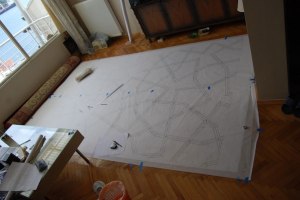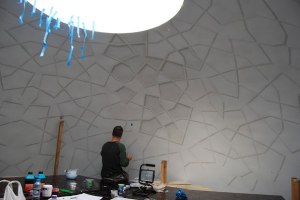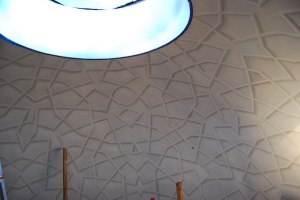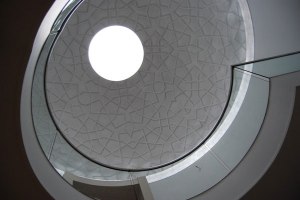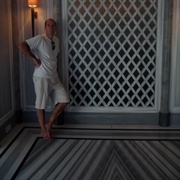When you own a new home or construct one, invariably you cannot resist the desire to show it off to whoever visiting it, distant acquaintances included. This is quite natural arising out of the attitude by making others happy; and sharing happiness augments it manifold. The easiest way to get the appreciation from one and all is the home decor with colourful paintings, not the colouring by paint of your walls and other surfaces, but the artistic touch of something above the ordinary, like Murals.
Murals are type of paintings, instead of confining the pictorial art inside frames or portraits, but painstakingly painting sceneries, pictures, thematic images and landscapes on walls, ceilings and any other interior or exterior surfaces of a building. In other words, a Mural is so effective as to convert the whole surface on which it is painted into an artifact by itself. This ancient art emerging from centuries old civilization in the form of cave paintings is still kept alive with verve, by expert modern Mural Artists of today.
How can a Mural be made so eye-pleasing?
Painting a Mural or sets of different Murals on the desired surfaces of home, office or any other public buildings is an art form, historically dating back to 5000 years. We have evidences for this great art of painting, at various places of human civilization in its advanced stage. Particularly countries like Egypt, Mesopotamia, India, and Italy etc. are in the forefront, as per archeologists in painting Murals of aesthetic beauty, living beyond periods.
In line with that tradition, even in this modern Computer Age, there are exponential Mural Artists who ardently follow the classical methods of Mural painting, and decorate homes, palaces, public buildings, offices and religious spots by their deft hands. These Mural Artists follow the traditions and styles of popular painters of earlier centuries, such as “Trompe l’oeil” and “Faux finishes”.
What is meant by Trompe l’oeil?
The French origin of the word Trompe l’oil means deceiving the eye (or tricking the eye into optical illusion). By using this technique in Mural painting, which is actually originated from Greek and Roman period, the Mural Artist evolves an illusion in the eyes of the viewer, to make the image with 3 dimensional effects. For example, a Mural painted in this Trompe l’oeil technique on a flat surface like the wall will create an impression, that the flat image is virtually alive and “speaking” to the viewer; in a hallway, room, door or window, the Mural painting will make the place larger than existing, by appearance.
Similarly Faux finishes is another technique followed in Mural painting by experts, whereby the materials such as marble, stone or wood are replicated as original through painted pictures (Faux in French means “false”).
There are exceptional Mural Artists like the Trompe l’oeil expert Richard Bagguley of London, available for you online. All you have to do is contact and describe your requirements for Mural painting in any surface. Based on your requirement, the Mural Artist will plan the details of the Project, small, medium or big, within an affordable budget and time frame.
After finishing the Mural Painting Project with world-class Trompe l’oeil and Faux finishes techniques, your visitors will be pleasantly surprised, by the unbelievable optical illusions created by the Mural arts, and open their jaws wide in bewilderment. Just click http://www.art-richardjbagguley.com/ and enjoy!

